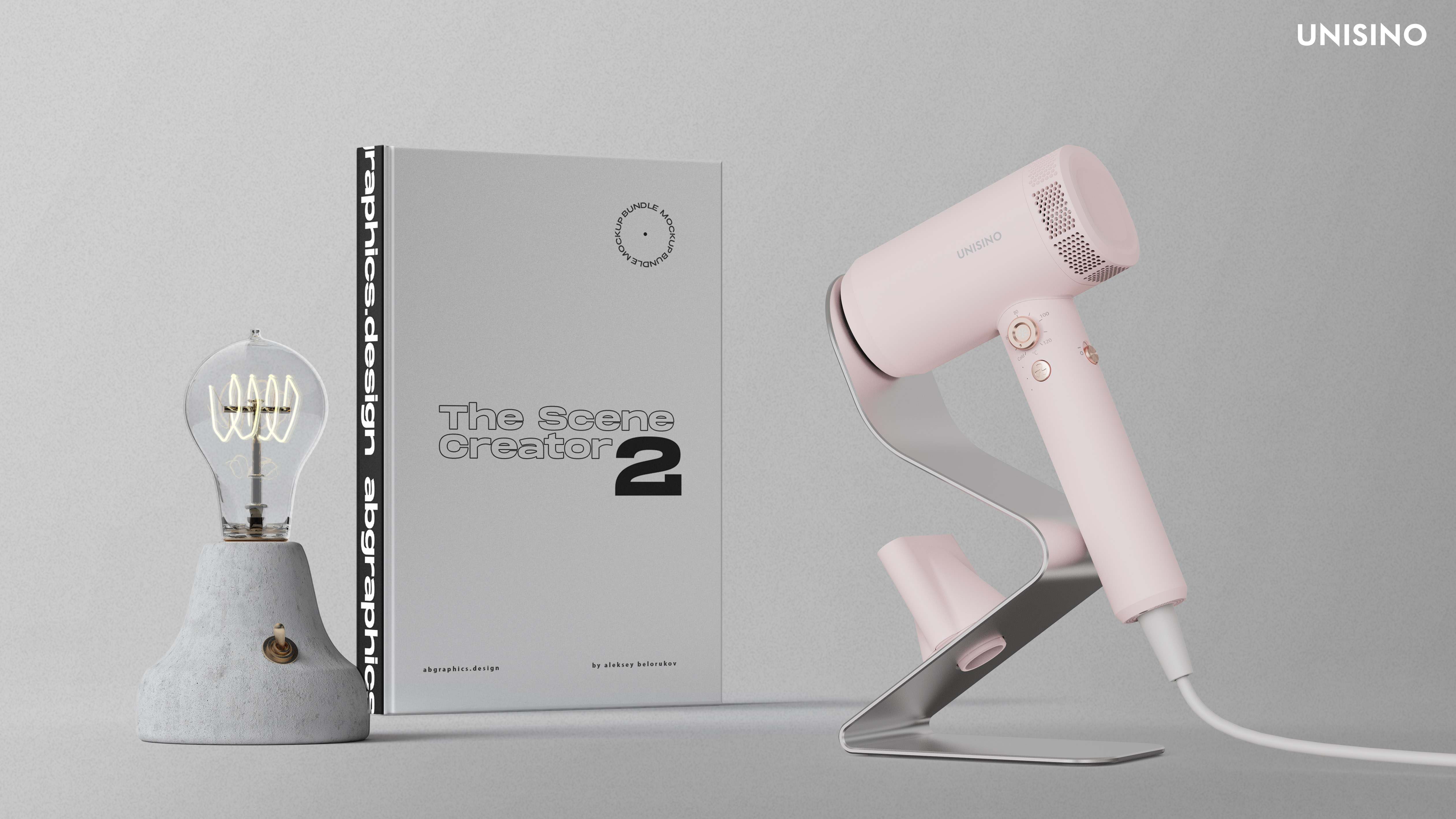
Leave your message and you’ll get:
● 24*7 online service support ● Articles in the hair dryer industry ● Sometimes maybe Discount

● 24*7 online service support ● Articles in the hair dryer industry ● Sometimes maybe Discount
Time:2024-02-26 Views:1

1. Negative ion permeation effect. Not only the number of negative ions, but also the quality, purity, concentration, permeability, and output attenuation of negative ions, all of which are related to technical tuning.
2. Brand. To avoid choosing brands that rely solely on performance parameters to attract customers, it is important to choose brands with technical tuning capabilities. Only in this way can core parameters such as airflow doubling, negative ion penetration, wind speed stability and power attenuation, and precise temperature control be well tuned, while considering drying speed and maintenance effectiveness!
3. Wind speed stability. This is determined by the joint adjustment of the motor, bearings, and technology. Unstable wind speed can damage hair, and long-term use can also damage the scalp and hair.
4. Temperature control accuracy. This indicates the fluctuation range of wind temperature, which depends on the temperature control chip, temperature control frequency, sensor calibration, etc. The high precision of temperature control can maintain a fast and hair protecting wind temperature, and the optimal temperature is generally 59 degrees.
5. Air duct size. This is related to factors such as wind tunnel size, outlet size, number and area of outlets, outlet structure, and outlet diffusion angle.
6. Power. Power determines the upper limit of heating, so there is no need to pursue too high power. Too high power not only consumes a lot of electricity, but also poses a safety hazard of heating if the temperature control is not good. It is recommended to control the power at around 1300W.
7. Number of gears. The more wind speed and temperature ranges there are, the better it can adapt to different hair types and volumes, and more accurately match scalp care.